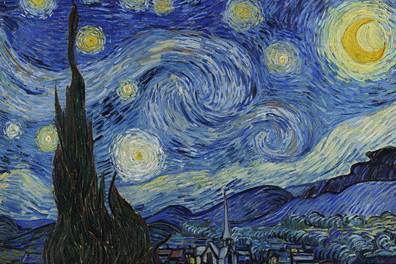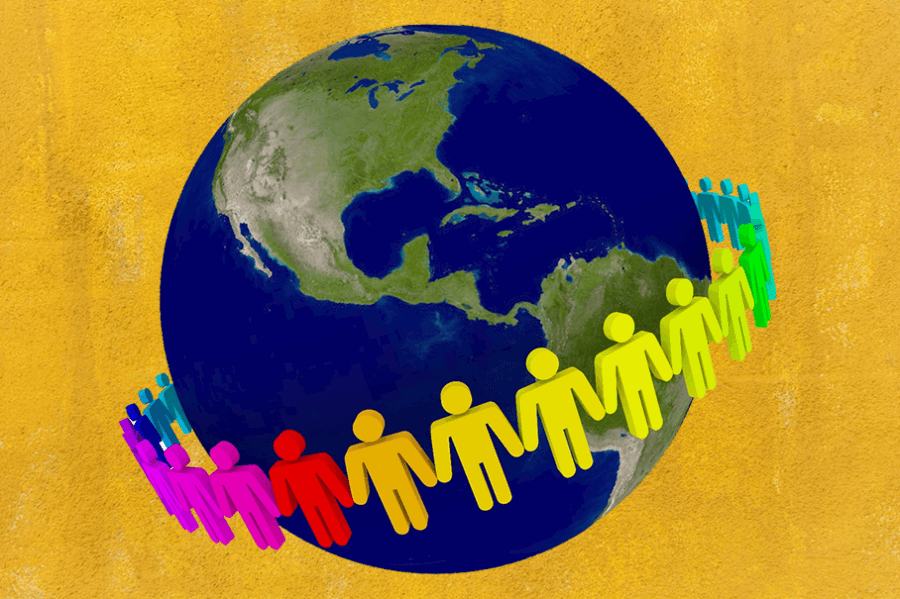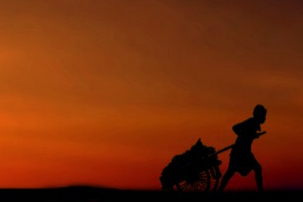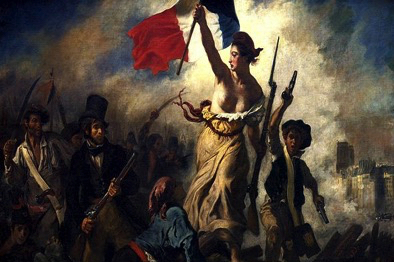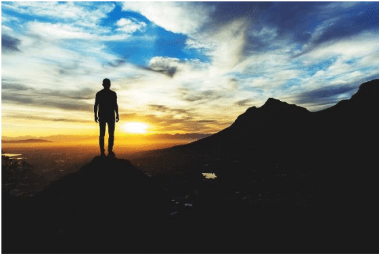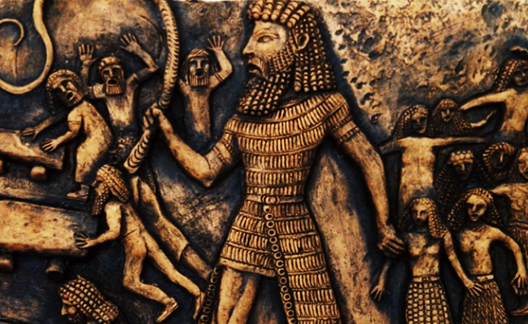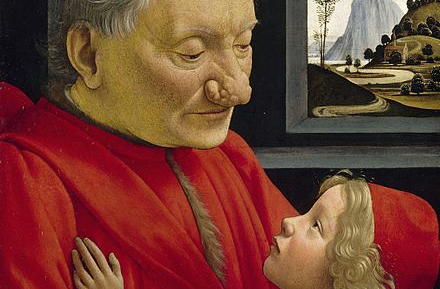Waddle or Fly
To state that Søren Kierkegaard was a profound thinker of the first half of the 19th century is a vast understatement. He has had a profound impact for nearly two centuries. In a recent essay, I wrote about how Edgar Allan Poe felt when he wrote The Raven. “Once upon a midnight dreary, while I pondered, weak and weary...While I nodded, nearly napping,” Kierkegaard and I were having a late evening meal at Hviids Vinstue in Copenhagen. We discussed his pamphlet Either/Or. Additionally, Kierkegaard wrote a great deal in journals, books, poetry, and parables.
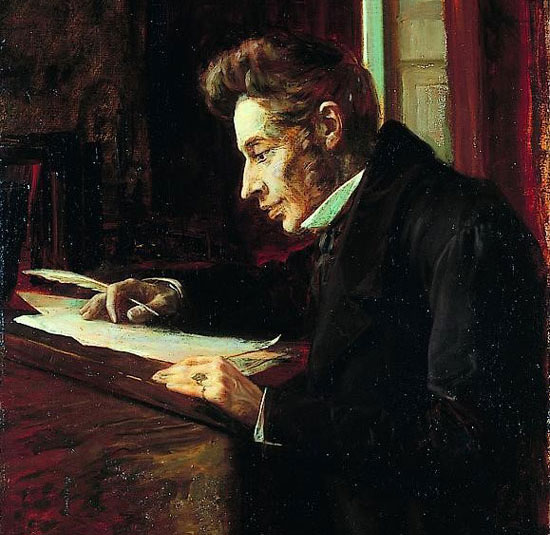
This essay Kierkegaard’s Parable of the Geese.
A certain flock of geese lived together in a barnyard with high walls around it. Because the corn was good and the barnyard was secure, these geese would never take a risk.
One day a philosopher goose came among them. He was a very good philosopher and every week they listened quietly and attentively to his learned discourses. ‘My fellow travelers on the way of life,’ he would say, ‘can you seriously imagine that this barnyard, with great high walls around it, is all there is to existence? I tell you, there is another and a greater world outside, a world of which we are only dimly aware. Our forefathers knew of this outside world. For did they not stretch their wings and fly across the trackless wastes of desert and ocean, of green valley and wooded hill? But alas, here we remain in this barnyard, our wings folded and tucked into our sides, as we are content to puddle in the mud, never lifting our eyes to the heavens which should be our home.’
The geese thought this was very fine lecturing. ‘How poetical,’ they thought. ‘How profoundly existential. What a flawless summary of the mystery of existence.’ Often the philosopher spoke of the advantages of flight, calling on the geese to be what they were. After all, they had wings, he pointed out. What were wings for, but to fly with? Often, he reflected on the beauty and the wonder of life outside the barnyard, and the freedom of the skies.
Kierkegaard knew about the potential of geese, such as flying in formation.
- Geese will fly in a V-shape formation when migrating long distances. It creates an uplift or thrust from each other. That technique allows the flock to obtain a 71% greater distance due to flying in formation than when each would fly solo while migrating.
- This sharing of the load to benefit the flock can be seen when the leader of the V-formation gives up being the leader. The leader isn’t benefiting from the uplift or thrust. Yielding to another member of the flock allows the exhausted one to recover while flying behind another in the V-formation.
- Suppose one of the others leaves the formation for some medical issue. In that case, a couple of geese will follow the sick one to the ground.
Kierkegaard presents each of us with another either/or situation. Either we master the potential of geese, or we stay in the safety of the barnyard. There is another way of expressing that truism. Either waddle or fly.

Merely waddling around in the safety of the barnyard isn’t flying. There is a world out there beyond our barnyards. Emily Dickinson wrote poetry around the same time as Kierkegaard. In her poem, Hope is the Thing with Feathers, she begins with this stanza.
Hope is the thing with feathers
That perches in the soul,
And sings the tune without the words,
And never stops at all
Ibn Battuta didn’t stay in his barnyard either. He also took wings and flew. Battuta wrote, “Traveling—it leaves you speechless and then turns you into a storyteller.”
George Santayana also saw value beyond one’s barnyard. “A child educated only at school is an uneducated child.”
We need to first fly, and then we need to become the wind beneath another person attempting to fly out of their barnyard. Either we fly, or we will all waddle our way through life. Kierkegaard was correct; it is an either/or choice.
Fly high.







